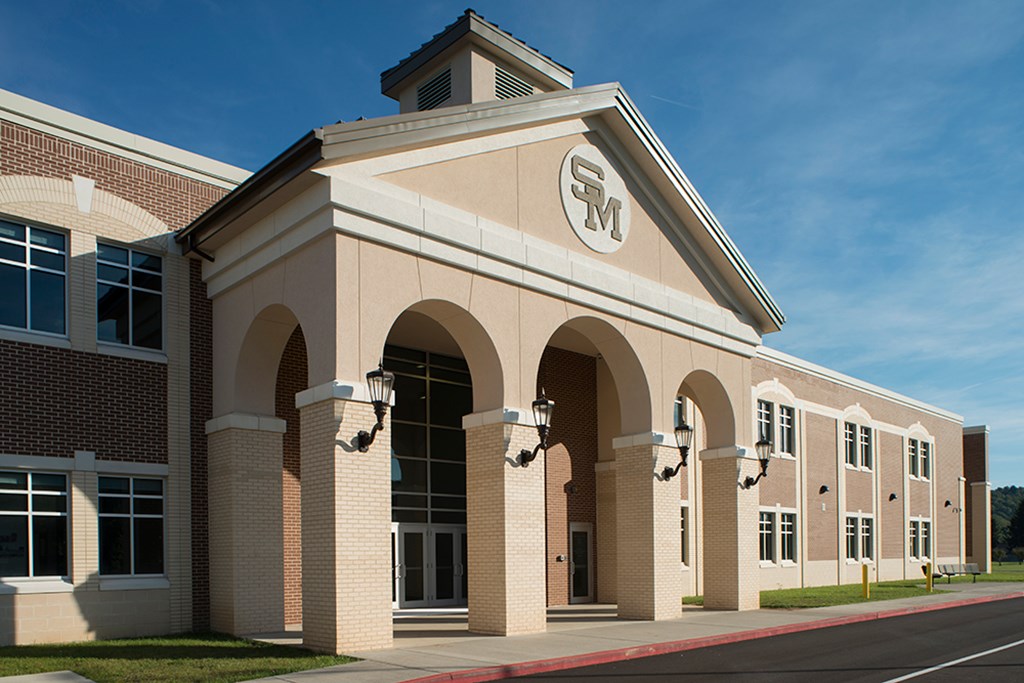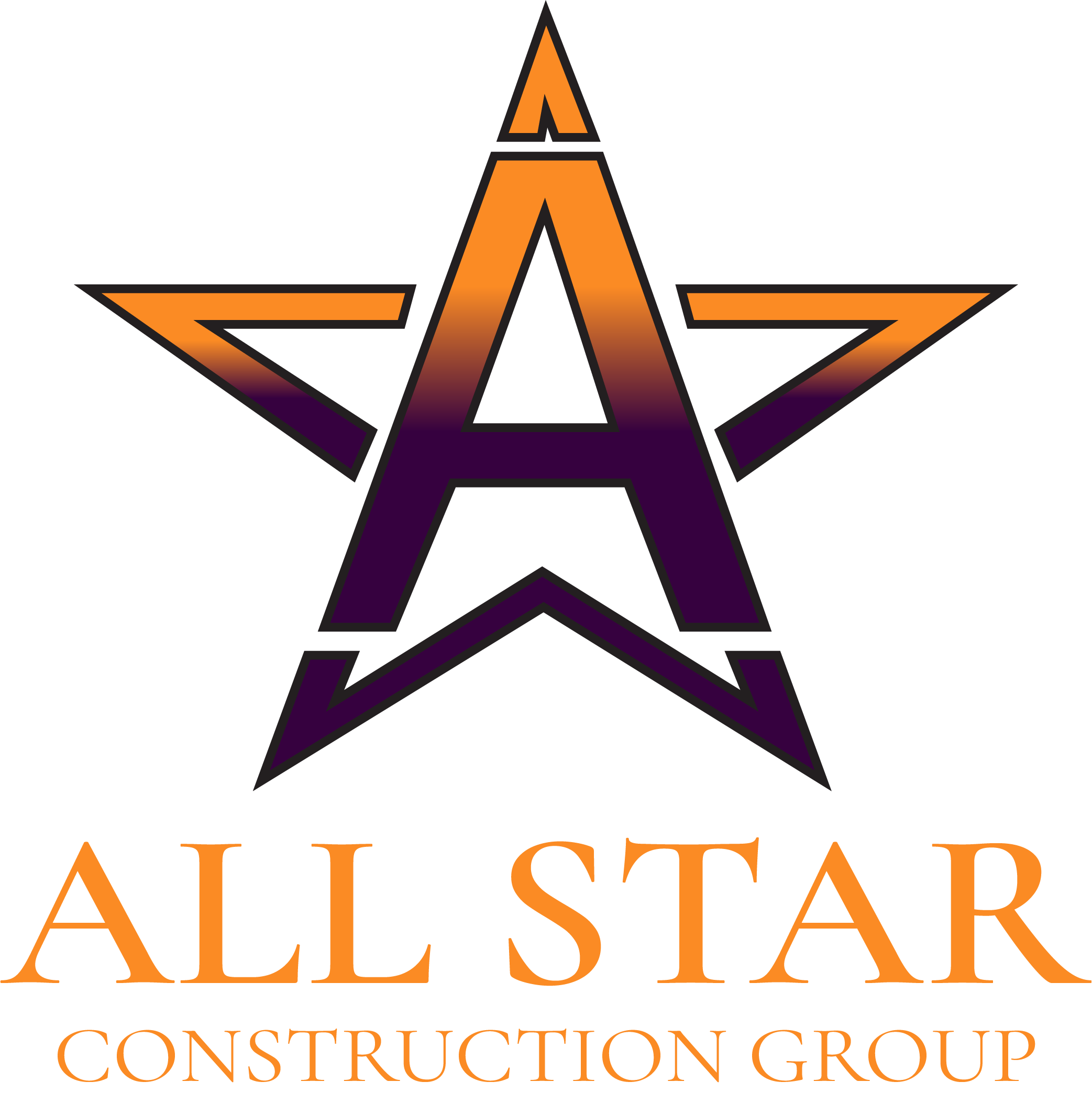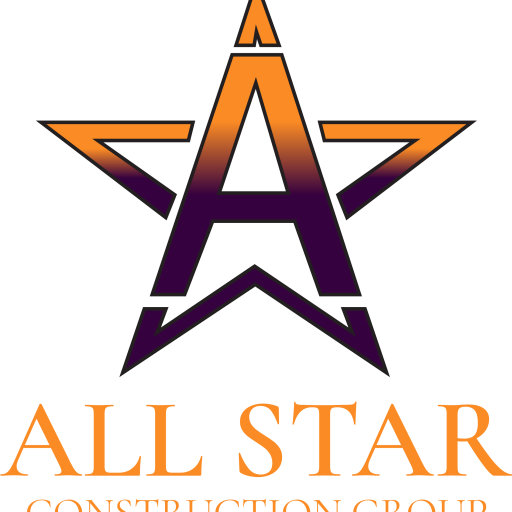
Institutional construction is a specialized sector of the construction industry focused on designing, building, and maintaining facilities that serve public, governmental, educational, and healthcare purposes. These structures play a critical role in shaping communities by providing essential services that meet societal needs, such as education, healthcare, and public safety. Unlike residential or commercial projects, institutional buildings are designed to accommodate large numbers of people and adhere to specific standards of functionality, safety, and accessibility.
In this article, we’ll explore the key characteristics of institutional construction, the various types of buildings within this category, the challenges contractors face, and how advancements in technology and sustainability are transforming the sector.
Characteristics of Institutional Construction
Institutional construction differs from other types of construction due to the specialized nature of the buildings and their purposes. These projects typically involve unique design requirements, stringent regulations, and high durability standards.
1. Specialized Building Requirements
Institutional buildings must adhere to specific architectural and functional requirements. For example, a hospital must incorporate specialized areas for medical equipment, patient care, and infection control. Similarly, schools require a layout that promotes learning while ensuring the safety of students and staff. These buildings must be built to last for decades, with materials and designs that meet high standards for durability and efficiency.
2. Compliance with Regulations
Institutional projects are heavily regulated due to the nature of their use. Hospitals, for instance, need to meet strict healthcare standards for cleanliness, safety, and accessibility. Schools and other public buildings are required to comply with local, state, and federal regulations regarding fire safety, emergency exits, and structural integrity. In addition, there are often zoning laws and environmental regulations to consider, making it crucial for contractors to work closely with regulatory bodies throughout the project.
3. High-Level Safety and Security Measures
Safety is a priority in institutional construction, especially in facilities like hospitals, prisons, and government buildings. These projects often require advanced security measures, such as surveillance systems, controlled access points, and reinforced materials. In schools and healthcare institutions, designs must take into account the safety of vulnerable populations like children and the elderly.
4. Large-Scale Infrastructure
Institutional buildings are often much larger than residential or even commercial projects, with the need to accommodate hundreds or thousands of people. Large-scale infrastructure includes parking areas, specialized HVAC systems, electrical networks, and other utilities that are capable of serving large populations over extended periods. Because of the scale and complexity, institutional projects often involve multidisciplinary teams, including architects, engineers, and specialized contractors.
Types of Institutional Buildings
Institutional construction projects fall into several categories based on their function and the populations they serve. Each type of building comes with its own set of requirements and challenges.
1. Educational Facilities
Schools, universities, and colleges make up a significant portion of institutional construction. These buildings must be designed with the primary goal of fostering learning, which means classrooms, labs, and common areas must be well-planned and conducive to educational activities. Schools also need to be accessible to all students, including those with disabilities, and are required to meet strict fire and safety codes. In recent years, there has been a growing emphasis on creating energy-efficient and sustainable educational buildings.
2. Healthcare Facilities
Hospitals, clinics, and nursing homes are some of the most complex institutional projects. These facilities need to be designed not only for efficiency but also for safety and cleanliness, as they cater to sick and vulnerable populations. Healthcare facilities often involve specialized areas, such as operating rooms, diagnostic labs, and patient wards, each requiring its own design and equipment considerations. Furthermore, infection control and air filtration systems are critical aspects of healthcare construction.
3. Government Buildings
Government buildings, including courthouses, city halls, and police stations, fall under the umbrella of institutional construction. These buildings serve a public function, meaning they must be designed for long-term durability and security. They often incorporate advanced security features, including reinforced walls, controlled access, and surveillance systems.
4. Correctional Facilities
Correctional facilities, such as prisons and detention centers, are another form of institutional construction that requires high levels of security and specialized design features. These buildings must prevent unauthorized access while ensuring the safety and well-being of staff and inmates. Modern correctional facilities are built with sustainability in mind, using energy-efficient materials and designs that minimize environmental impact.
5. Religious Buildings
Churches, mosques, temples, and other places of worship also fall under institutional construction. These buildings are often architecturally distinct, with large open spaces for congregational activities. Religious buildings may require specialized features such as high ceilings, stained glass windows, or domes, depending on the faith tradition.
Challenges in Institutional Construction
Institutional construction presents several challenges that are unique to the sector. These challenges require careful planning, collaboration, and innovation to overcome.
1. Budget Constraints
Institutional projects are often funded by public or nonprofit entities, meaning that budget constraints are common. Contractors and designers must find ways to meet project requirements while staying within the allocated budget. This can involve finding cost-effective materials, optimizing labor, and implementing efficient project management techniques.
2. Longer Project Timelines
Due to their complexity, institutional projects often have longer timelines than residential or commercial projects. Delays in obtaining permits, weather conditions, and supply chain issues can further extend the timeline. Coordinating between different stakeholders, such as government agencies, regulatory bodies, and the public, can also slow down the process.
3. Regulatory Compliance
As mentioned earlier, institutional buildings must comply with a wide range of regulations, including local building codes, safety standards, and environmental laws. Keeping up with these regulations requires constant communication with regulatory bodies and a deep understanding of the laws governing construction in the area.
4. Sustainability and Energy Efficiency
With increasing emphasis on sustainability, many institutional projects are now expected to meet environmental standards, such as LEED (Leadership in Energy and Environmental Design) certification. This requires the use of eco-friendly materials, energy-efficient systems, and sustainable construction practices. Achieving these standards can add complexity to the project but is often necessary to reduce operational costs and meet environmental goals.
The Role of Technology in Institutional Construction
The construction industry is undergoing a technological revolution, and institutional projects are no exception. New technologies are helping contractors overcome challenges and complete projects more efficiently.
1. Building Information Modeling (BIM)
BIM allows project teams to create detailed digital models of a building before construction begins. These models can be used to identify potential issues, optimize the design, and ensure that all stakeholders are on the same page. For institutional projects, where coordination between different parties is crucial, BIM can save time and reduce errors.
2. Sustainability and Smart Building Technology
Many institutional buildings now incorporate smart building technology, which allows for real-time monitoring of energy usage, security, and maintenance needs. For example, smart HVAC systems can automatically adjust temperatures based on occupancy, reducing energy waste. These technologies not only make buildings more efficient but also improve the user experience.
3. Prefabrication and Modular Construction
To speed up timelines and reduce costs, some institutional projects are using prefabrication and modular construction techniques. Prefabricated building components are manufactured offsite and then assembled onsite, reducing construction time and minimizing disruptions. This method is especially useful in projects like schools or hospitals, where downtime can disrupt critical services.
Conclusion
Institutional construction is a highly specialized sector that requires a deep understanding of regulatory compliance, safety standards, and the unique needs of public-serving buildings. From hospitals to schools, these projects involve complex designs, specialized infrastructure, and stringent safety protocols. While challenges like budget constraints and long timelines are common, advancements in technology and sustainability are helping the industry evolve, enabling more efficient and environmentally friendly construction practices.
Institutional buildings are a critical part of the infrastructure that supports society, and with the right expertise and innovation, contractors can build structures that meet the needs of communities for decades to come.

